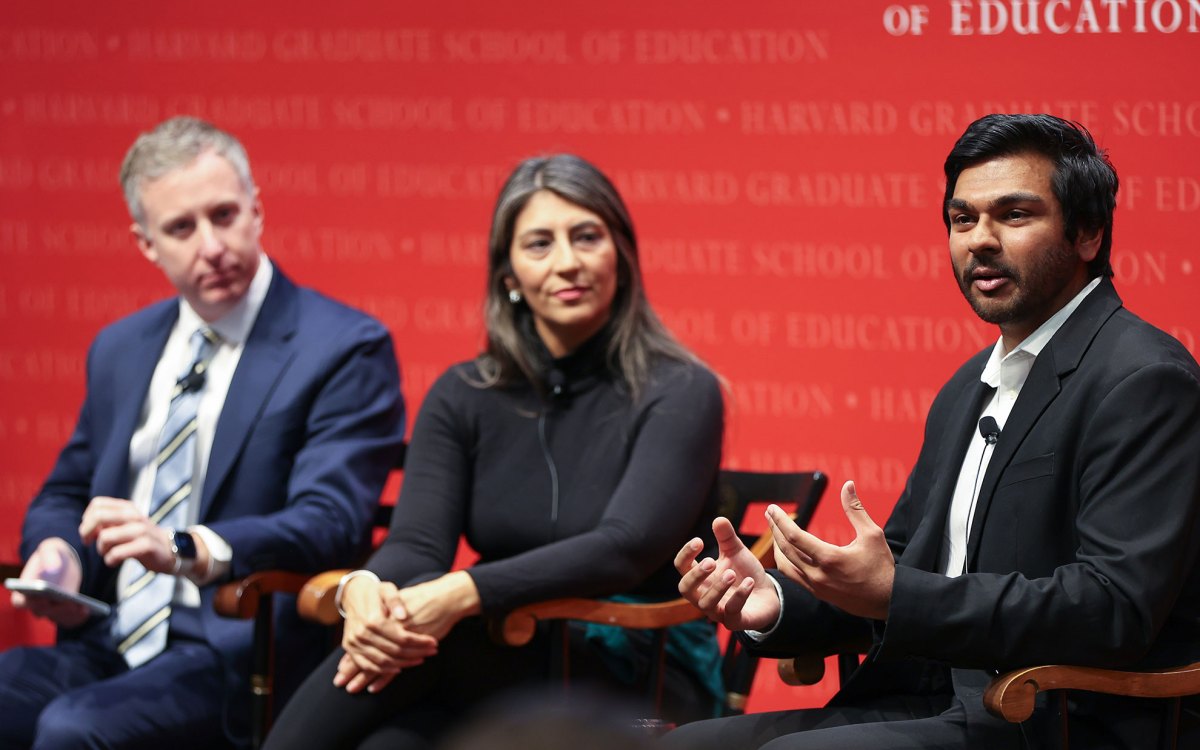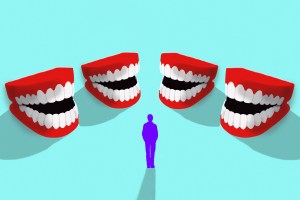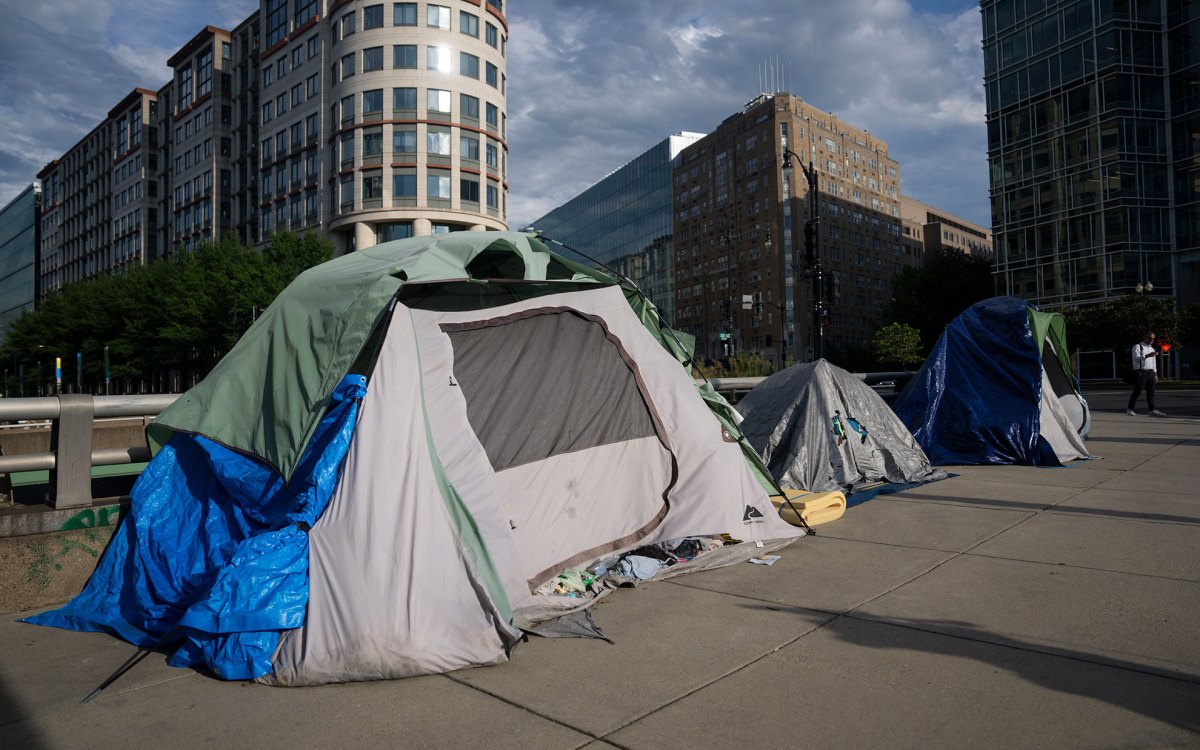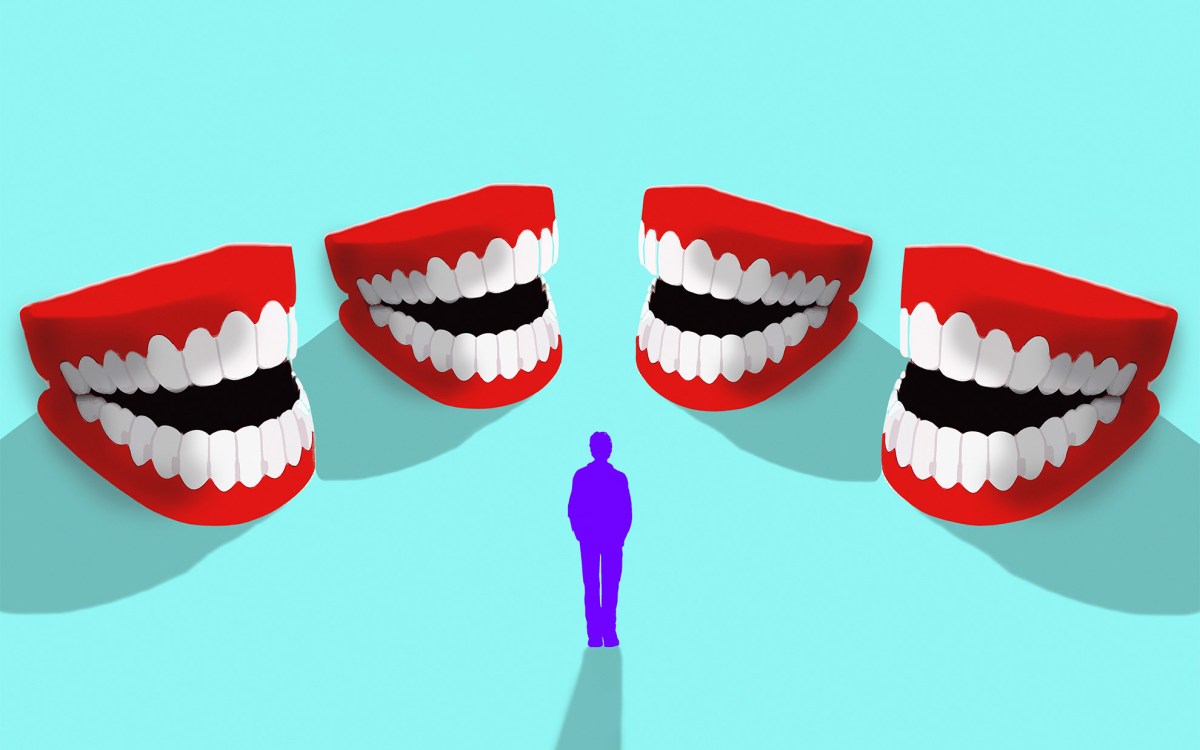Class surges as factor in who gets sent to prison
Incarceration rates fall for Black Americans, soar for white Americans without college education, finds study
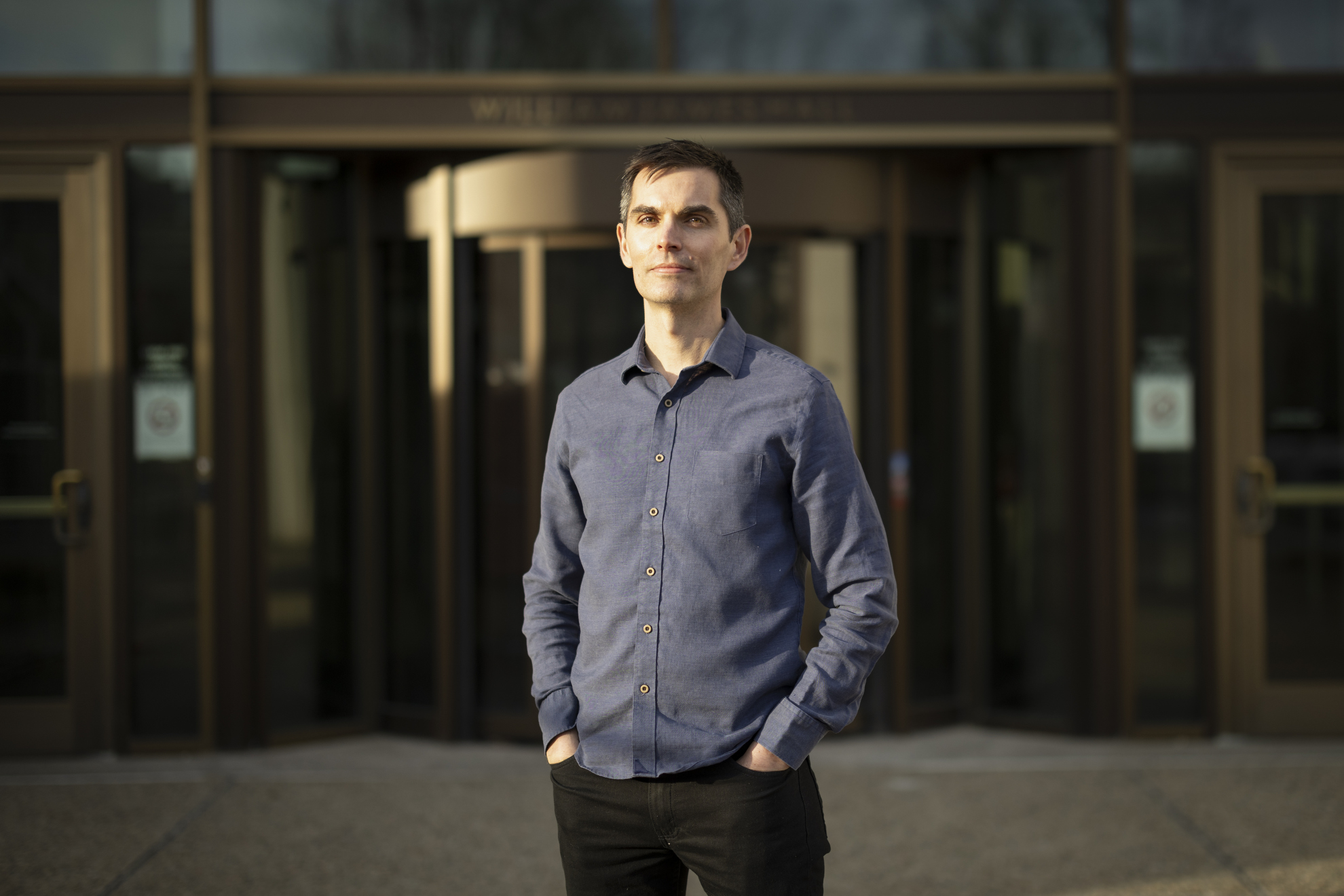
Christopher Muller.
Niles Singer/Harvard Staff Photographer
The incarceration rate of Black Americans has fallen sharply in the 21st century, according to a new study, but the trend has coincided with a rise in imprisonment of white Americans with no college education.
“The good news is that there have been absolute declines in the rate of imprisonment among Black Americans both with and without a college education,” said Christopher Muller, co-author of the study published in Proceedings of the National Academy of Sciences and professor of sociology at Harvard. “It seems likely, given what we’re seeing in the data, that some of this has to do with the de-escalation of the drug war.
“The bad news is that some of the decline in racial inequality is driven by increases in the prison admission rate of white Americans with no college education, and that’s happening for all offense types.”
Data showed that from 1984 to 2019, the number of white Americans with no college education sent to prison more than doubled from roughly 60,000 in 1984 to around 160,000 in 2019.
Muller and Alexander Roehrkasse, assistant professor of sociology and criminology at Butler University, analyzed decades of administrative and survey data from the National Corrections Reporting Program, the National Prisoner Statistics Program, and the Current Population Survey. They found that educational inequality is now greater than racial inequality in imprisonment rates for all major crimes.
“The economic prospects of Black Americans born poor have improved, while the economic prospects of white Americans born poor have worsened.”
Christopher Muller
“We can’t say what the causes are, but it’s striking that our results mirror trends in life expectancy and intergenerational mobility. For instance, recent research from Harvard’s Opportunity Insights shows that the economic prospects of Black Americans born poor have improved, while the economic prospects of white Americans born poor have worsened,” Muller said.
Research by Princeton economists Anne Case and Angus Deaton has found similar results when looking at life expectancy. While life expectancy for Black Americans has been rising, the opposite is true for white Americans with no college education.
“Case and Deaton note that the large-scale job loss among low-education workers that hit Black Americans in the mid-20th century began to affect low-education white Americans in the 21st century,” Muller said. Meanwhile, Muller and Roehrkasse’s new study found that the white no-college imprisonment rate growth included rises in all crime categories.
Muller and Roehrkasse say their new work helps to show why racial inequality and incarceration for drug offenses have been a major focus of previous research. In 1971, for example, then President Richard Nixon launched America’s war on drugs, a governmental effort that heavily penalized those who sell or use drugs. Subsequent federal legislation, including the Anti-Drug Abuse Act in 1986 and the Crime Bill in 1994, established harsher drug sentences that disproportionally affected Black Americans, Muller said.
The incarceration rate for Black Americans with no college education sentenced for drug offenses has been “astronomically high,” said Muller. In 1992, Black Americans with no college education were 14 times likelier to be sent to prison for drug offenses than their white counterparts in the same education group.
“Given these numbers, it’s easy to understand why there has been so much attention paid to racial inequality in imprisonment for drug offenses,” Muller said. By 2019, though, the Black-white prison admission ratio among Americans with no college education had fallen to 1.5. “That’s still a substantial disparity, but it has fallen by a lot,” he said.
According to their findings, the imprisonment rate of Black Americans with no college education for drug offenses rose from 100 per 100,000 in 1984 to 1,405 per 100,000 in 1999. That rate ultimately dropped to 494 per 100,000 in 2019. Data from 2019 onward, including the COVID pandemic, was not included.
Roehrkasse added: “People shouldn’t misunderstand our paper to be saying that the prosecution and imprisonment of people for drug offenses doesn’t matter anymore. Drug offenses are still a meaningful portion of prison admissions today and account for a meaningful proportion of the disparities in admissions.”
Muller noted that Black Americans still bear a disproportionate share of the indirect harm of incarceration due to long historical legacies.
“Middle-class Black Americans are more likely than middle-class white Americans to live in poor neighborhoods, and because of historically low levels of wealth among Black families, middle-class Black Americans are also more likely than comparable white Americans to have poor family members,” he said. “As a result, Black Americans with high levels of education and income are more likely than white Americans with low levels of education and income to have an imprisoned family member or to live in a neighborhood with a high imprisonment rate.”
Muller and Roehrkasse already have their eyes on their next research objective. “The obvious next step is to try to understand the causes of the trends we document,” Muller said. “For example, to what extent was the decline in prison admissions among Black Americans with no college education a cause or a consequence of their improving economic prospects?”
